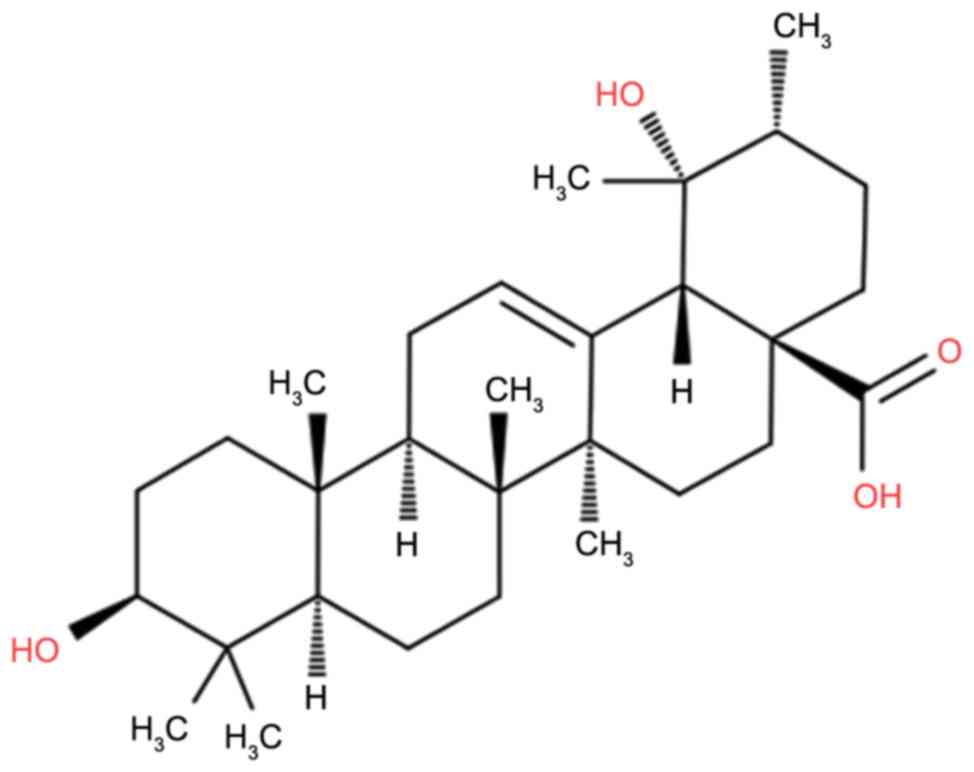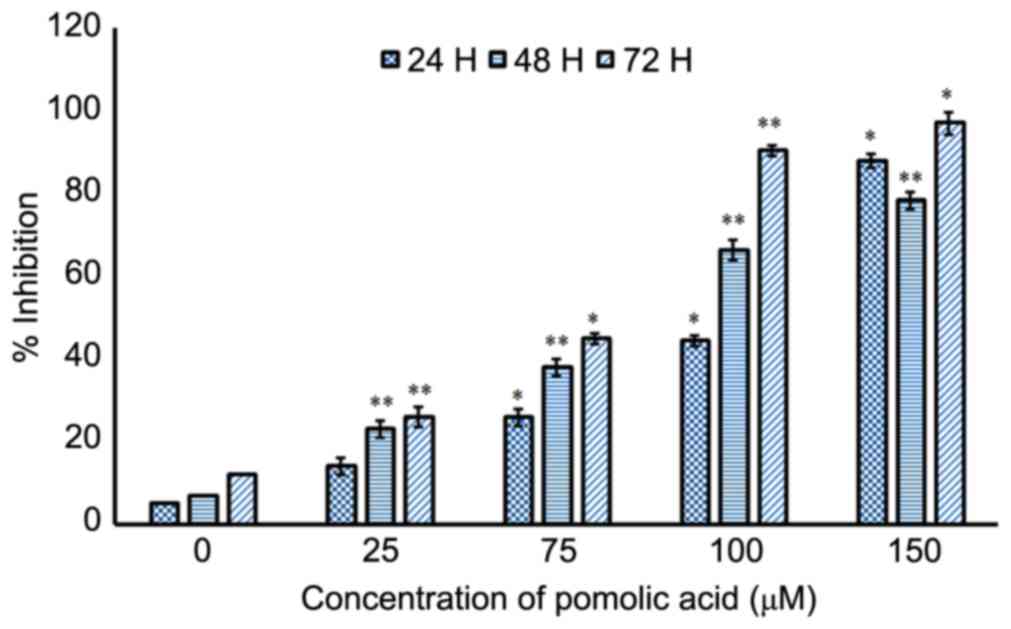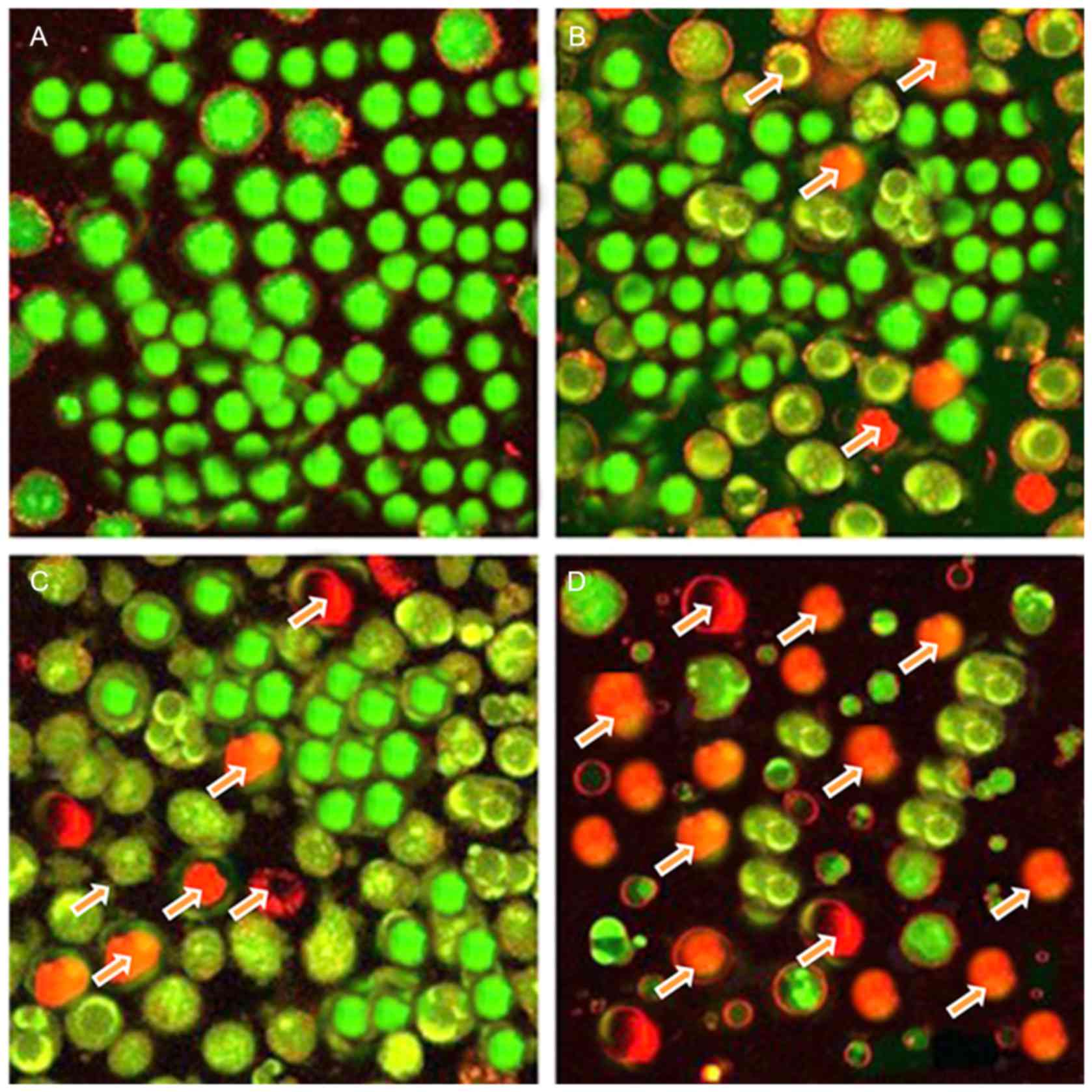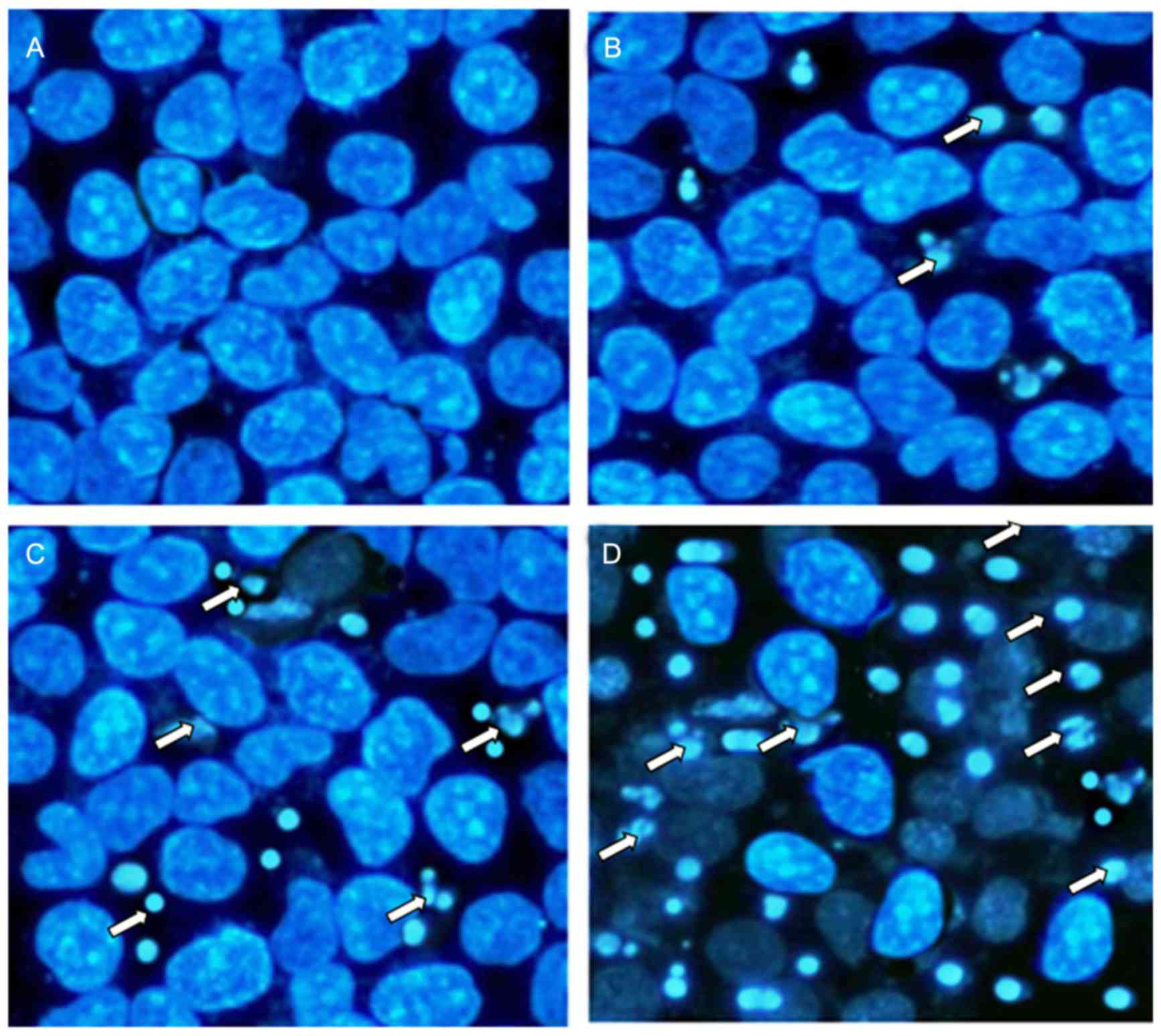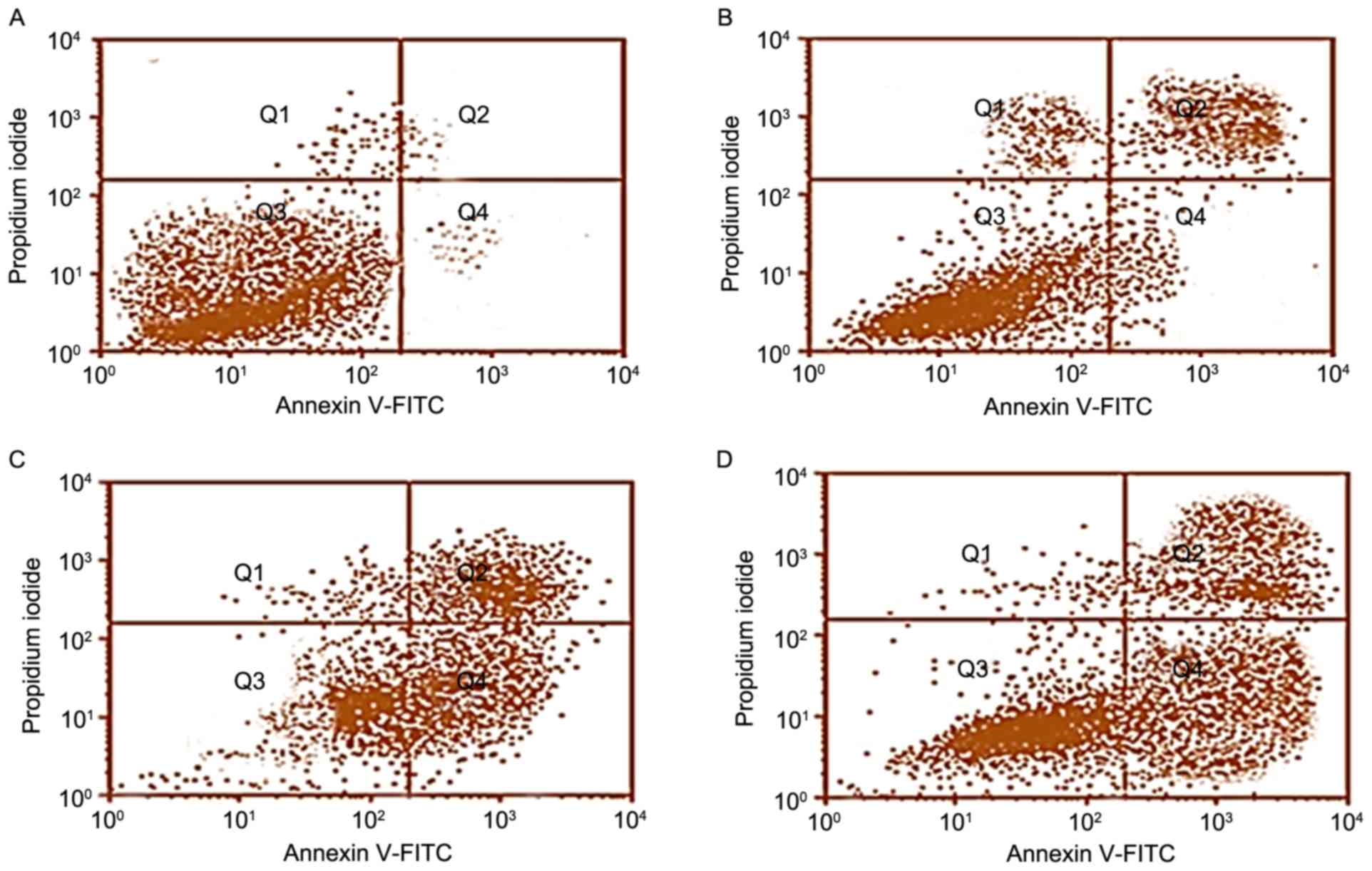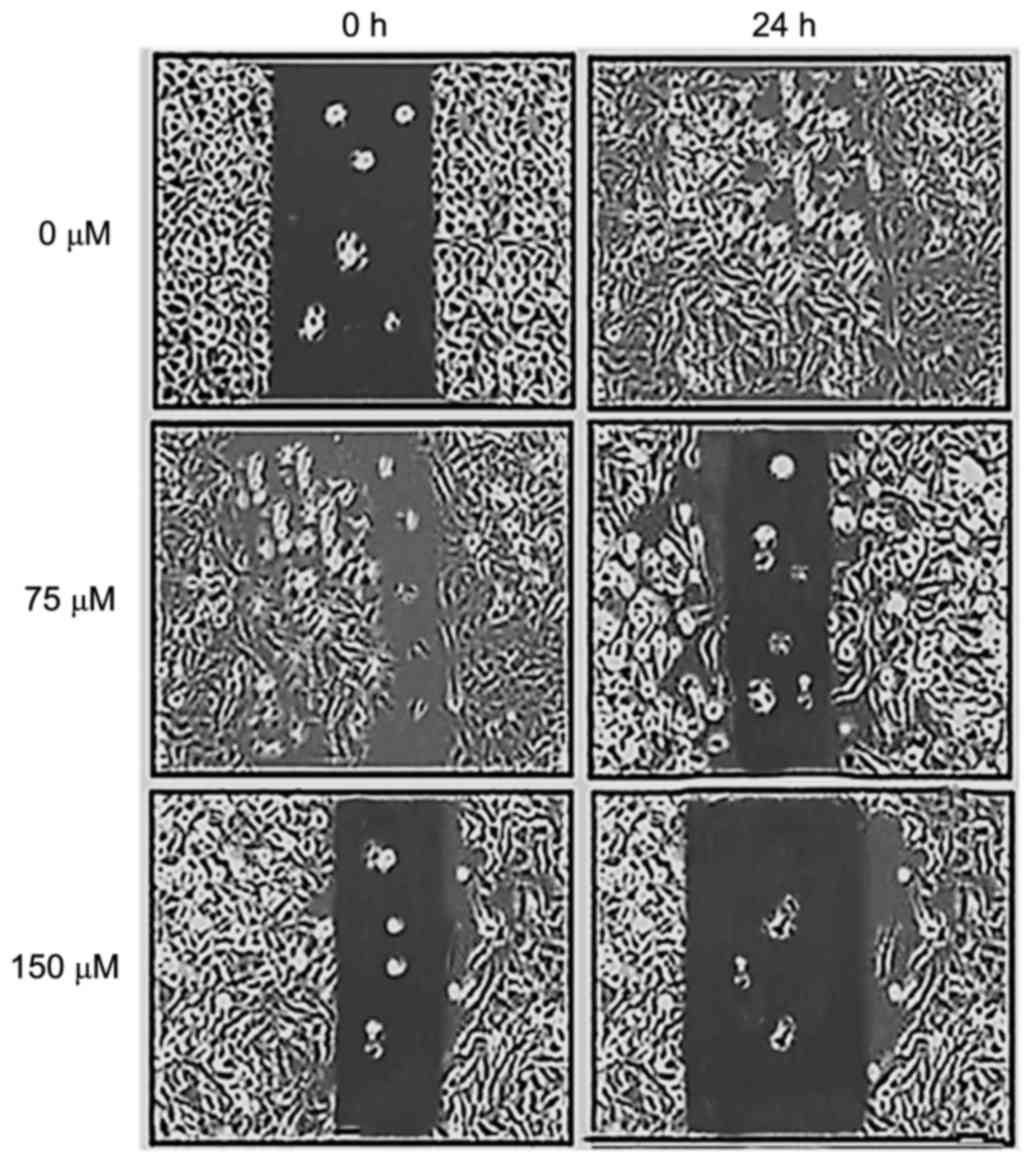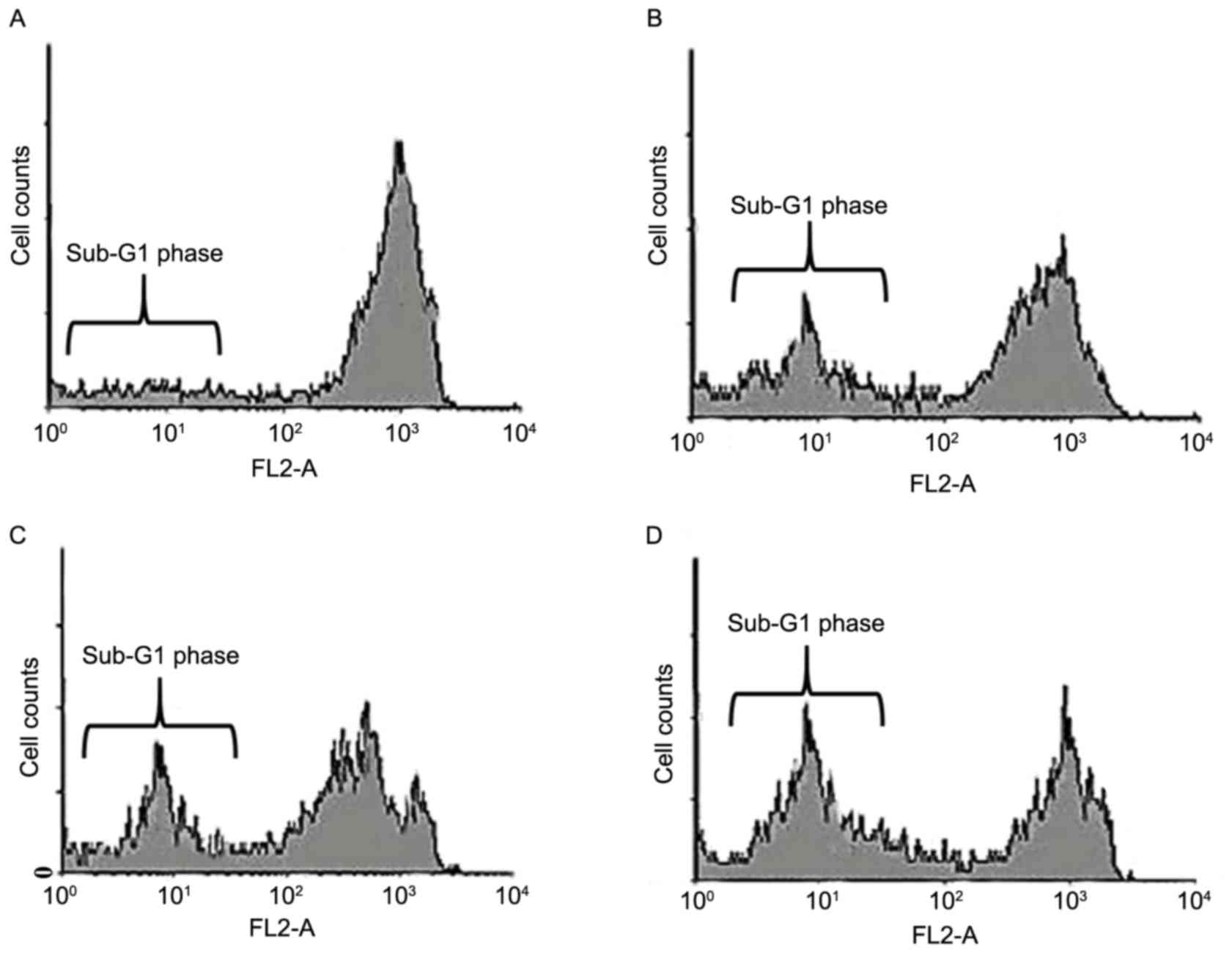|
1
|
Garbe C: Epidemiology of skin cancerGarbe
C, Dummer R, Kaufmann R and Tilgen W: Dermatologic Oncology [in
German]. Berlin, Heidelberg, New York, Tokyo: Springer; pp. 40–56.
1997
|
|
2
|
Rager EL, Bridgeford EP and Ollila DW:
Cutaneous melanoma: Update on prevention, screening, diagnosis, and
treatment. Am Fam Physician. 72:269–276. 2005.PubMed/NCBI
|
|
3
|
Maddodi N and Setaluri V: Role of UV in
cutaneous melanoma. Photochem Photobiol. 84:528–536. 2008.
View Article : Google Scholar : PubMed/NCBI
|
|
4
|
Strouse JJ, Fears TR, Tucker MA and Wayne
AS: Pediatric melanoma: Risk factor and survival analysis of the
surveillance, epidemiology and end results database. J Clin Oncol.
23:4735–4741. 2005. View Article : Google Scholar : PubMed/NCBI
|
|
5
|
Lee C, Collichio F, Ollila D and Moschos
S: Historical review of melanoma treatment and outcomes. Clin
Dermatol. 31:141–147. 2013. View Article : Google Scholar : PubMed/NCBI
|
|
6
|
Sharma SD and Katiyar SK: Dietary grape
seed proanthocyanidins inhibit UVB-induced cyclooxygenase-2
expression and other inflammatory mediators in UVB-exposed skin and
skin tumors of SKH-1 hairless mice. Pharm Res. 27:1092–1102. 2010.
View Article : Google Scholar : PubMed/NCBI
|
|
7
|
Moan J, Baturaite Z, Porojnicu AC,
Dahlback A and Juzeniene A: UVA, UVB and incidence of cutaneous
malignant melanoma in Norway and Sweden. Photochem Photobiol Sci.
11:191–198. 2012. View Article : Google Scholar : PubMed/NCBI
|
|
8
|
Demierre MF, Higgins PD, Gruber SB, Hawk E
and Lippman SM: Statins and cancer prevention. Nat Rev Cancer.
5:930–942. 2005. View
Article : Google Scholar : PubMed/NCBI
|
|
9
|
Chen LX, He YJ, Zhao SZ, Wu JG, Wang JT,
Zhu LM, Lin TT, Sun BC and Li XR: Inhibition of tumor growth and
vasculogenic mimicry by curcumin through down-regulation of the
EphA2/PI3K/MMP pathway in a murine choroidal melanoma model. Cancer
Biol Ther. 11:229–235. 2011. View Article : Google Scholar : PubMed/NCBI
|
|
10
|
Aziz MH, Reagan-Shaw S, Wu J, Longley BJ
and Ahmad N: Chemoprevention of skin cancer by grape constituent
resveratrol: Relevance to human disease? FASEB J. 19:1193–1195.
2005.PubMed/NCBI
|
|
11
|
Barthelman M, Bair WB III, Stickland KK,
Chen W, Timmermann BN, Valcic S, Dong Z and Bowden GT:
(−)-Epigallocatechin-3-gallate inhibition of ultraviolet B-induced
AP-1 activity. Carcinogenesis. 19:2201–2204. 1998. View Article : Google Scholar : PubMed/NCBI
|
|
12
|
Li LH, Wu LJ, Zhou B, Wu Z, Tashiro S,
Onodera S, Uchiumi F and Ikejima T: Silymarin prevents UV
irradiation-induced A375-S2 cell apoptosis. Biol Pharm Bull.
27:1031–1036. 2004. View Article : Google Scholar : PubMed/NCBI
|
|
13
|
Nguyen N, Sharma A, Nguyen N, Sharma AK,
Desai D, Huh SJ, Amin S, Meyers C and Robertson GP: Melanoma
chemoprevention in skin reconstructs and mouse xenografts using
isoselenocyanate-4. Cancer Prev Res (Phila). 4:248–258. 2011.
View Article : Google Scholar : PubMed/NCBI
|
|
14
|
Bard S and Kirsner RS: Do nonsteroidal
anti-inflammatory drugs prevent melanoma? J Invest Dermatol.
131:13942011. View Article : Google Scholar : PubMed/NCBI
|
|
15
|
Guruvayoorappan C and Kuttan G:
Beta-carotene inhibits tumor-specific angiogenesis by altering the
cytokine profile and inhibits the nuclear translocation of
transcription factors in B16F-10 melanoma cells. Integr Cancer
Ther. 6:258–270. 2007. View Article : Google Scholar : PubMed/NCBI
|
|
16
|
Wilson KS: Clinical activity of celecoxib
in metastatic malignant melanoma. Cancer Invest. 24:740–746. 2006.
View Article : Google Scholar : PubMed/NCBI
|
|
17
|
Yoo KH, Park JH, Lee DK, Fu YY, Baek NI
and Chung IS: Pomolic acid induces apoptosis in SK-OV-3 human
ovarian adenocarcinoma cells through the mitochondrial-mediated
intrinsic and death receptor-induced extrinsic pathways. Oncol
Lett. 5:386–390. 2013.PubMed/NCBI
|
|
18
|
Kerr JF, Wyllie AH and Currie AR:
Apoptosis: A basic biological phenomenon with wide-ranging
implications in tissue kinetics. Br J Cancer. 26:239–257. 1972.
View Article : Google Scholar : PubMed/NCBI
|
|
19
|
Wyllie AH, Kerr JF and Currie AR: Cell
death: The significance of apoptosis. Int Rev Cytol. 68:251–306.
1980. View Article : Google Scholar : PubMed/NCBI
|
|
20
|
Liu JJ, Zhang L, Lou JM and Wu CY:
Chalcone derivative, chana 1 induces inhibition of cell
proliferation and prevents metastasis of pancreatic carcinoma. Adv
Biomed Pharma. 2:115–119. 2015. View Article : Google Scholar
|
|
21
|
Reddy BS, Wang CX, Samaha H, Lubet R,
Steele VE, Kelloff GJ and Rao CV: Chemoprevention of colon
carcinogenesis by dietary perillyl alcohol. Cancer Res. 57:420–425.
1997.PubMed/NCBI
|
|
22
|
Hirano T, Abe K, Gotoh M and Oka K: Citrus
flavone tangeretin inhibits leukaemic HL-60 cell growth partially
through induction of apoptosis with less cytotoxicity on normal
lymphocytes. Br J Cancer. 72:1380–1388. 1995. View Article : Google Scholar : PubMed/NCBI
|
|
23
|
Jiang MC, Yang-Yen HF, Yen JJ and Lin JK:
Curcumin induces apoptosis in immortalized NIH 3T3 and malignant
cancer cell lines. Nutr Cancer. 26:111–120. 1996. View Article : Google Scholar : PubMed/NCBI
|



